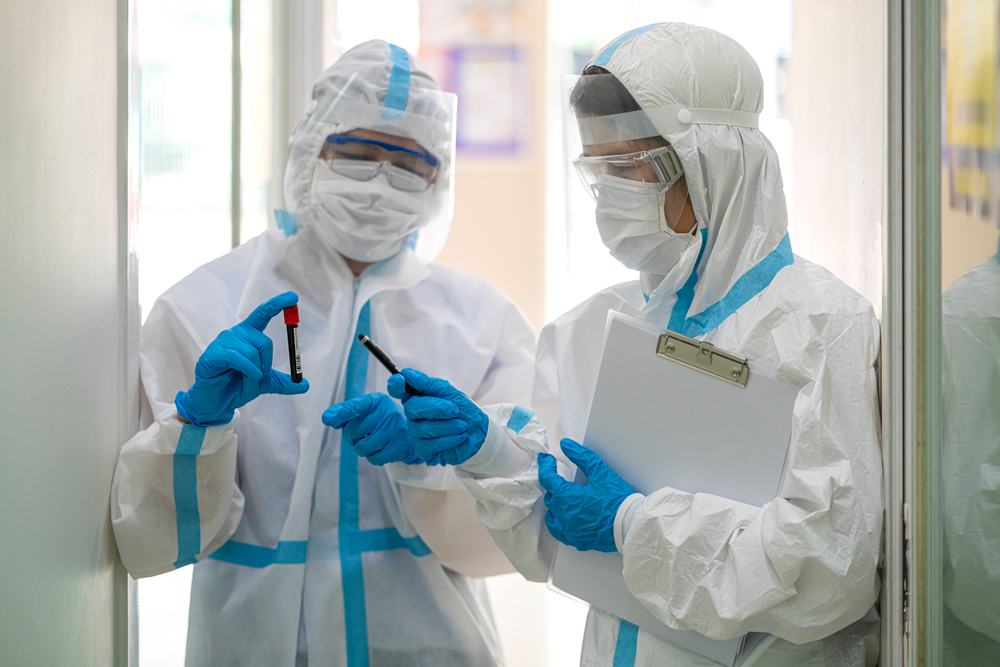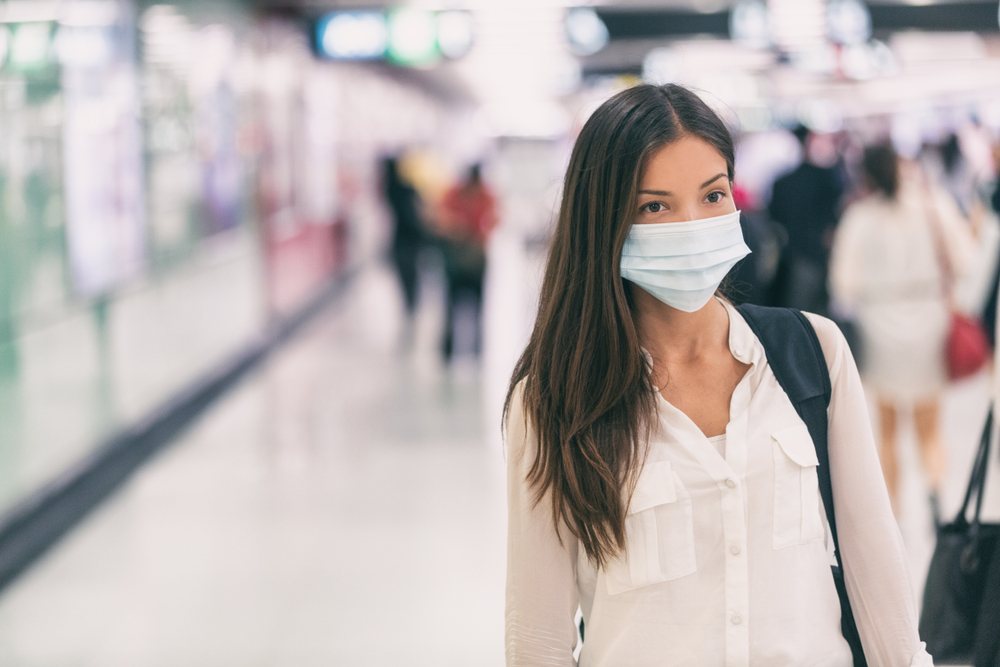Published Jun 12, 2022 in cleveland.com
Author by Guest columnist
Guest columnist Dr. Robert A. Salata is a professor of medicine, international health and epidemiology/biostatistics at University Hospitals Cleveland Medical Center and Case Western Reserve University. As the STERIS Chair of Excellence in Medicine and the John H. Hord Professor and Chairman of the Department of Medicine Chief of the Division of Infectious Diseases, he studies the epidemiology of infectious diseases, clinical trials of new therapeutic agents and vaccines for emerging infections such as COVID-19.
As much as we all want the pandemic to end, COVID-19 unfortunately has not gone away — and won’t for some time.
As an infectious disease specialist and chairman of the Department of Medicine at University Hospitals Cleveland Medical Center, I have seen surges in COVID cases firsthand and know how important it is to stay vigilant.
A two-month plateau in numbers this spring caused some to tuck away their masks, but we are now seeing another spike, propelled by an Omicron BA.2 subvariant that is more transmissible than the last.
Cases were up 0.7 percent in the first week of June, to 283,000 overall in Cuyahoga County.
As we head into the summer months, here are three things to keep in mind about COVID-19:
An Omicron sub variant — known as BA.2.12.1 — is now the dominant strain among new United States virus cases.
Viruses are constantly changing, and sometimes these mutations result in a new variant. Omicron BA.2.12.1 is more contagious than any other variant and often presents with upper respiratory symptoms that appear like a bad cold.
Symptoms of the BA.2 subvariant may include sore throat, stuffy nose, coughing, sneezing and headache. The good news, though, is that this variant has a reduced ability to infect the lungs, making it less likely for sufferers to experience shortness of breath, chest pain or pneumonia.
Because the symptoms of Omicron BA.2 resemble a summer cold or allergy, it’s important, if you are feeling any symptoms or have been exposed to COVID, to get tested.
Vaccinations continue to be an important tool in fighting the severity of COVID-19.
If you haven’t been vaccinated or boosted, consider scheduling it now. Multiple studies have indicated that if you receive the primary series of COVID-19 vaccines and get a booster dose, the rates of serious complications and death related to COVID infection are less.
For those who have been waiting for the roll-out of vaccines for children ages 6 months to 5 years, we have good news: June 21 is the anticipated FDA approval date. Studies have shown that the vaccine is safe and has been well tolerated in children.
Getting the vaccine protects kids from severe sickness and hospitalization and helps protect vulnerable adults they might interact with, like grandparents or people who are immunocompromised.
As the virus has evolved, so have the treatment options.
While the best option for COVID treatment is still to avoid getting it, we are seeing more options for treatment.
There are now two approved oral antiviral medications — Paxlovid and Molnupiravir — for early treatment of COVID infection in individuals at risk for complications, hospitalizations and death.
And Remdesivir, which was the first drug approved by the FDA for treatment of hospitalized COVID patients, can now be given as a three-day outpatient course. (Originally, it had to be given intravenously for five days).
We also have a preventative option showing promising results. Evusheld — an antibody drug from AstraZeneca — is the first antibody therapy authorized in the U.S. to prevent COVID-19 in immunocompromised persons.
In summary, the COVID-19 pandemic is still going on, but we are hopeful that with control measures, newer vaccines and early treatments that we can make this infection endemic — meaning the virus may be more seasonal and manageable.
We continue to move at the speed of science in our approach to this significant worldwide problem.




